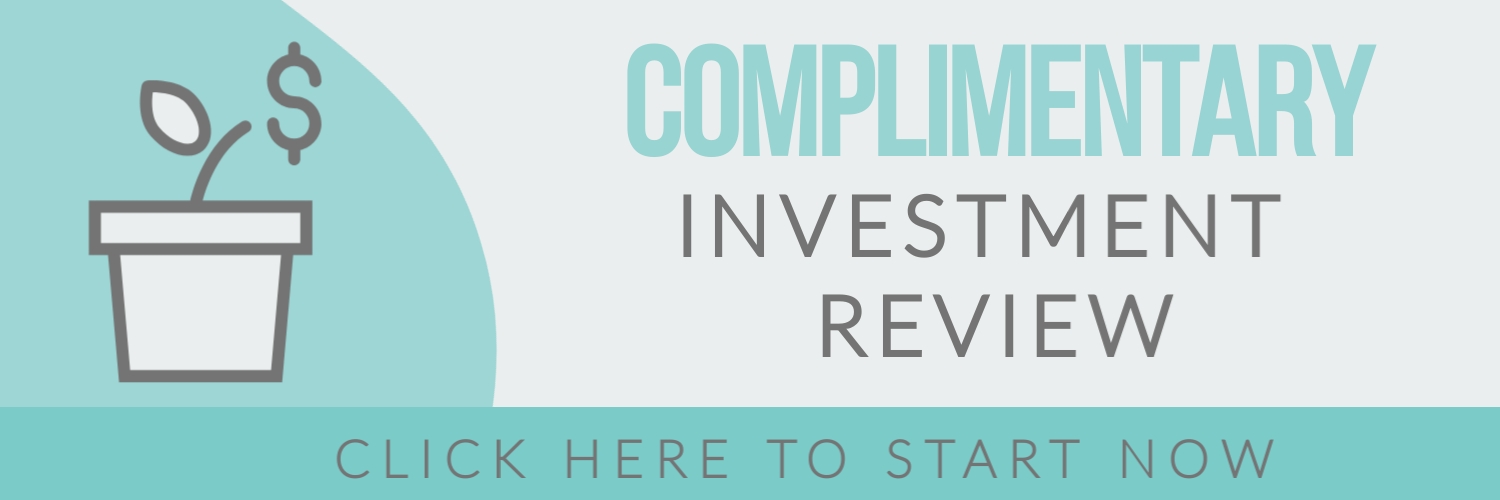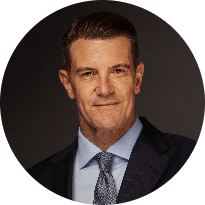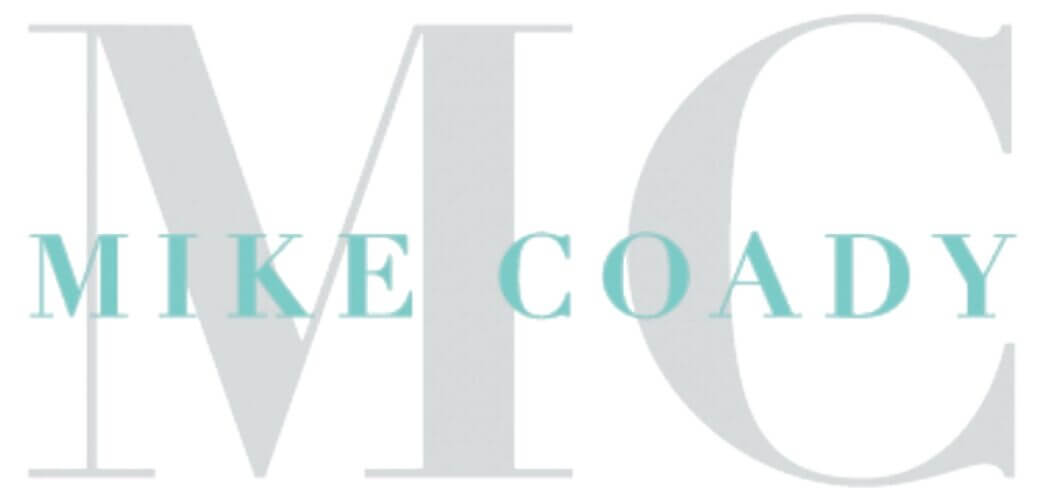
Home Retiring in Switzerland: Three-pillar pension system

Retiring in Switzerland: Three-pillar pension system
|
Getting your Trinity Audio player ready...
|
Now that we understand why so many people retire abroad and understand the important factors to consider when preparing for retirement, I believe that one of the most appealing locations to retire is Switzerland. The most appealing aspect of living and working in Switzerland is the country’s retirement system. Switzerland has a unique pension system that is actually defined in its constitutions. It’s made up of three parts, which are referred to as “pillars.”
The first pillar is a state-backed pension system that is funded through taxpayer Swiss francs. Its primary purpose is to help every Swiss resident secure their financial livelihood. The second pillar is an employer-backed pension. It’s funded through employer and employee contributions. Its primary purpose is to help workers maintain their standard of living in retirement.
The third pillar is an optional pension plan that is funded by the individual. Third pillar plans can be very effective ways to provide additional financial security in retirement and to save for costly long-term goals.
Third pillar plans come in two different varieties: 3a pillars and 3b pillars. Either are available through banks, investment companies, and other financial institutions in Switzerland. Each plan has its own set of rules, benefits and important considerations, so it’s important to examine all factors before you choose a plan that’s right for you.
3a Pillar Plans
Plans that fall under the 3a pillar classification offer tax benefits. However, they also have numerous rules regarding contribution amounts and withdrawal schedules. The amount of deductible contributions that you can make depends on your employment status.
Individuals employed and have a private employer pension plan have lower maximum contributions than those who are self-employed and do not have an employer pension.
In addition to the tax deduction for contributions, there are other tax benefits to a 3a pension plan. There’s no wealth tax for your savings. You also don’t pay income or withholding tax on the funds in the plan.
You can continue to contribute to your 3a pension plan up to five years after retirement age. And you can also choose to withdraw funds from your plan up to five years before retirement age. Other exceptions for early withdrawals include the following:
– Buying or building a residential property
– Starting a business
– A permanent move to another country
– Becoming physically unable to work and drawing full invalidity benefits
You can invest your 3a pillar pension funds in a variety of vehicles, including interest-bearing bank accounts, equities and bonds. Talk to your financial advisor about which investments may be right for you.
3b Pillar Plans
Plans that fall under the 3b pillar classification have far fewer restrictions but also fewer tax benefits. There are no contribution limits, and you can withdraw funds from the plan at any time for nearly any reason.
However, contributions to the plans aren’t tax-deductible. Earnings and gains in the plans aren’t taxed, but you will face taxes when you withdraw the funds. Those taxes, though, are at generally lower tiers than those paid on normal earnings and investment gains.
Your financial adviser can provide further insight into whether a third pillar plan makes sense for you and, if so, which types of investments within the plan may be best for your needs.
About Mike Coady
Mike Coady is an expat expert based in Dubai and is on hand to help with all of the above and more.
Mike is an award-winning money coach and industry leader in the financial sector.
Qualified to UK Financial Conduct Authority (FCA) standards, a member of the Chartered Insurance Institute, a Fellow of the Institute of Sales Management (FISM), a Fellow of the Association of Professional Sales (F.APS), a Fellow of the Institute of Directors (FIoD) and featured as a highly qualified Financial Adviser in Which Financial Adviser.
To learn how to choose a great financial adviser, download our free guide.
Blog published by Mike Coady.
Related
You May Also Like

South African Expat Tax Update 2024
South African expatriates should not only understand the newly implemented 2023/2024 tax laws, which aim at taxing their...

British Expats – please cancel your Premium Bonds now!!
“They are nowhere near as good as they used to be and now that you are an expat,...

Let’s learn quality control from manufacturing
Let’s learn quality control from manufacturing I’ve gone on record before saying the quality is never an accident....
DISCLOSURE:
mikecoady.com, the website, does not provide financial, investment or tax advice. It is specially designed to provide its users with general information. It does not give individual or specific advice on which products or services are the most appropriate for an individual’s particular circumstances. We may from time to time publish content on this site that has been created by affiliated or unaffiliated contributors.







